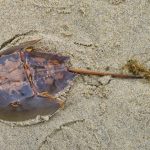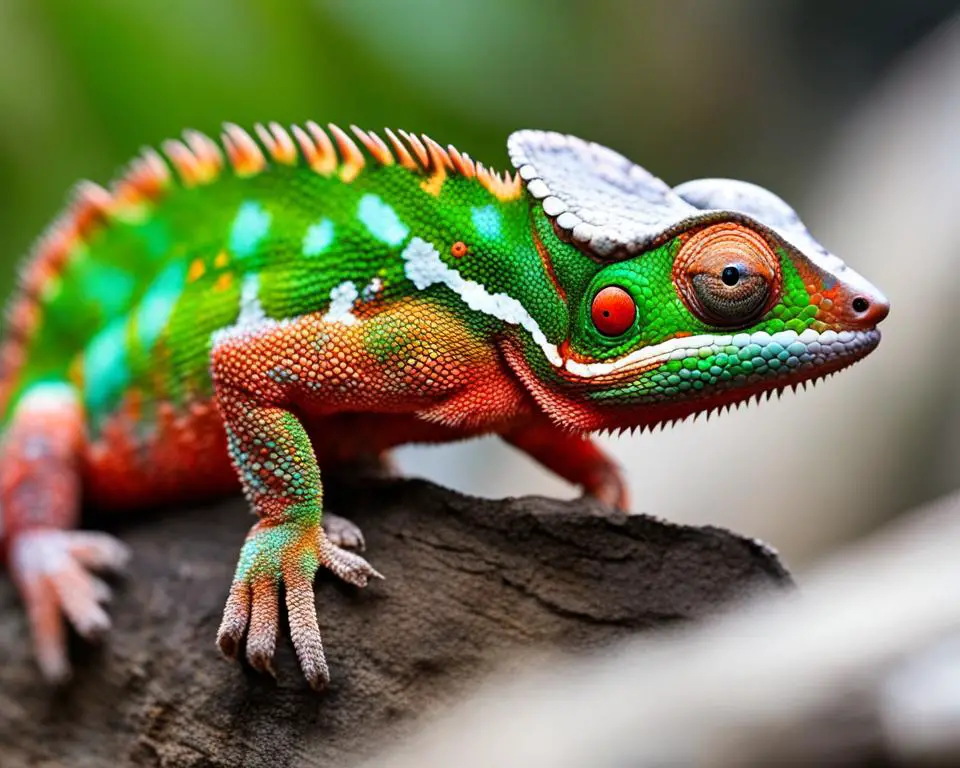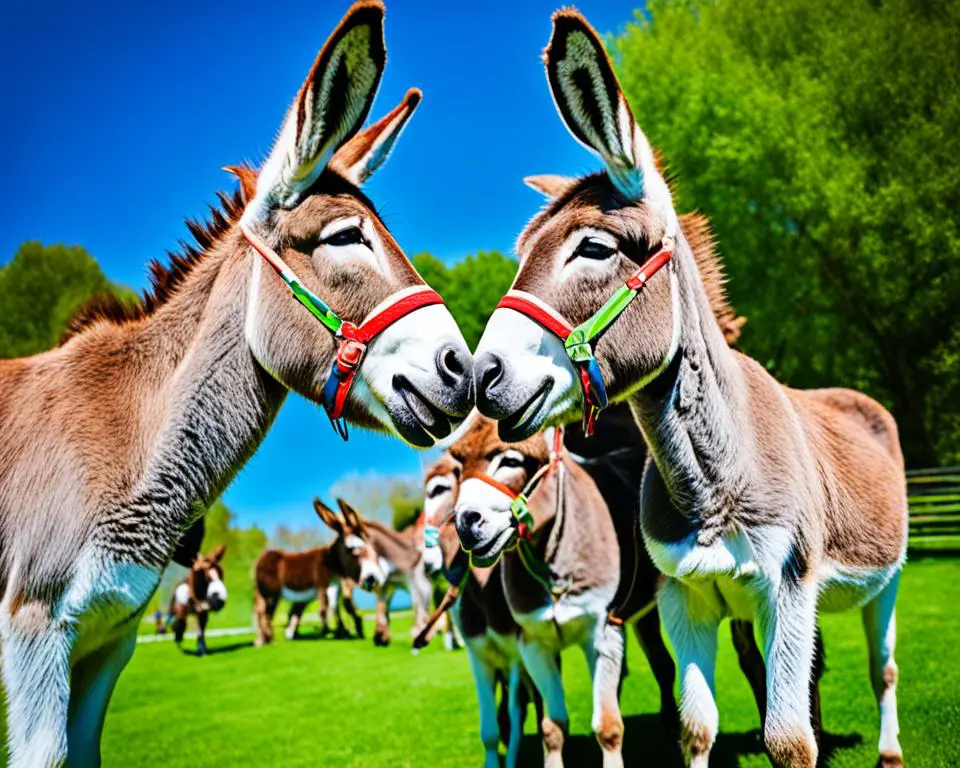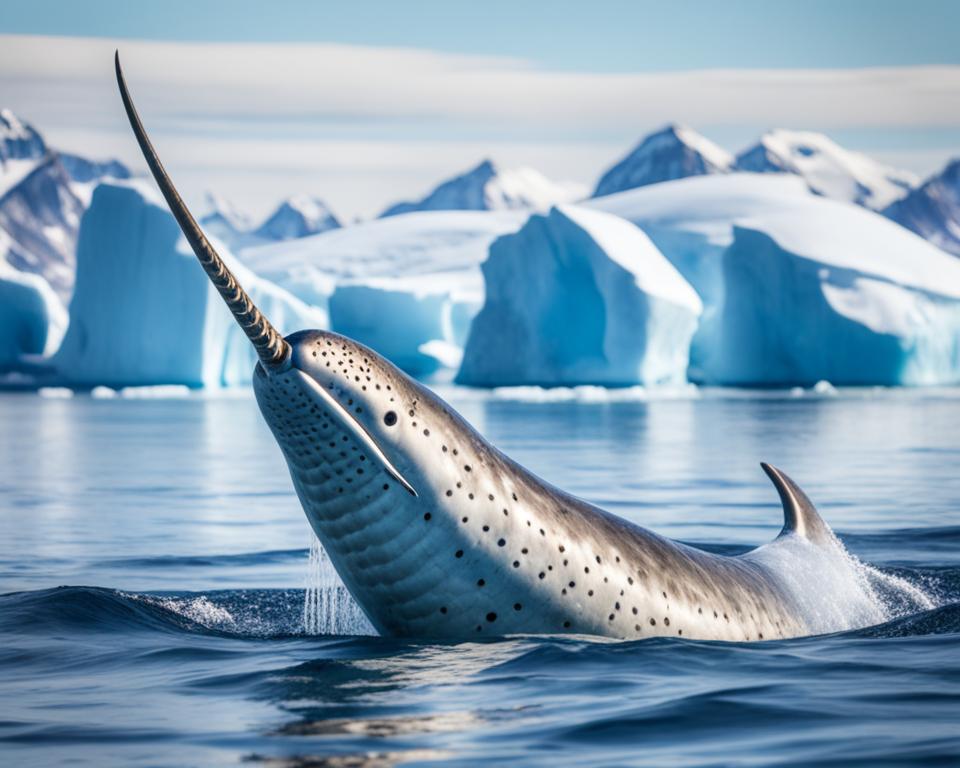The sulcata tortoise, or Geochelone sulcata, is one of the biggest species of tortoise that can be found anywhere in the globe. It is also known as the African spurred tortoise. It has a yellowish-brown shell and very thick, yellowish-brown skin, as well as sharp scales or spurs on its legs. The shell can range in color from brown to yellow.
Even if the temperature drops below a certain point, such as it does during the winter, Sulcata tortoises do not hibernate. Because of this, it is imperative that they be kept at an adequate temperature at all times, but especially during the chillier months.
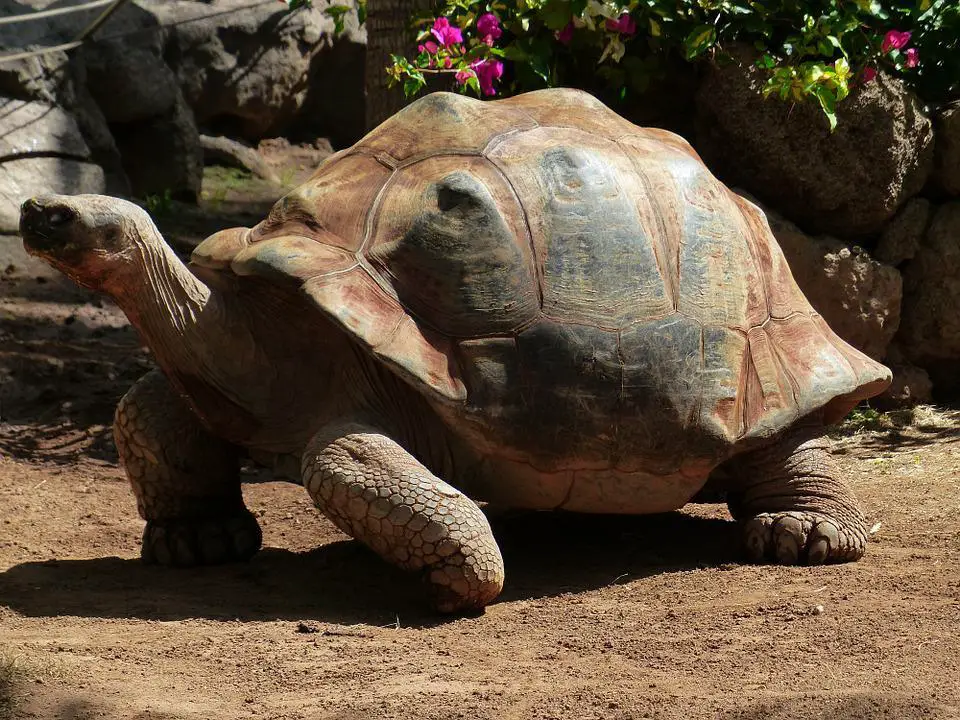
Actually, no tortoise is capable of true hibernation. This only applies to animals with a warm body temperature. Brumation is the state that is entered into by cold-blooded reptiles like tortoises and other cold-blooded reptiles. Even some species, like the Russian tortoise, are guilty of this behavior. But, Sulcata tortoises are different. They do not chew their food.
How Cold is Too Cold For a Sulcata Tortoise?
A Sulcata tortoise should not be kept at temperatures lower than 7 degrees Celsius (45 degrees Fahrenheit). Instead, the best temperature range for this species to be kept at throughout the day is between 25 and 35 degrees Celsius (77 and 95 degrees Fahrenheit).
In addition to this, you need to make sure they have access to a basking area that is heated to a temperature of up to 50 degrees Celsius (122 degrees Fahrenheit). This will make it possible for them to occasionally bask in the sun, allowing them to receive any necessary extra heat.
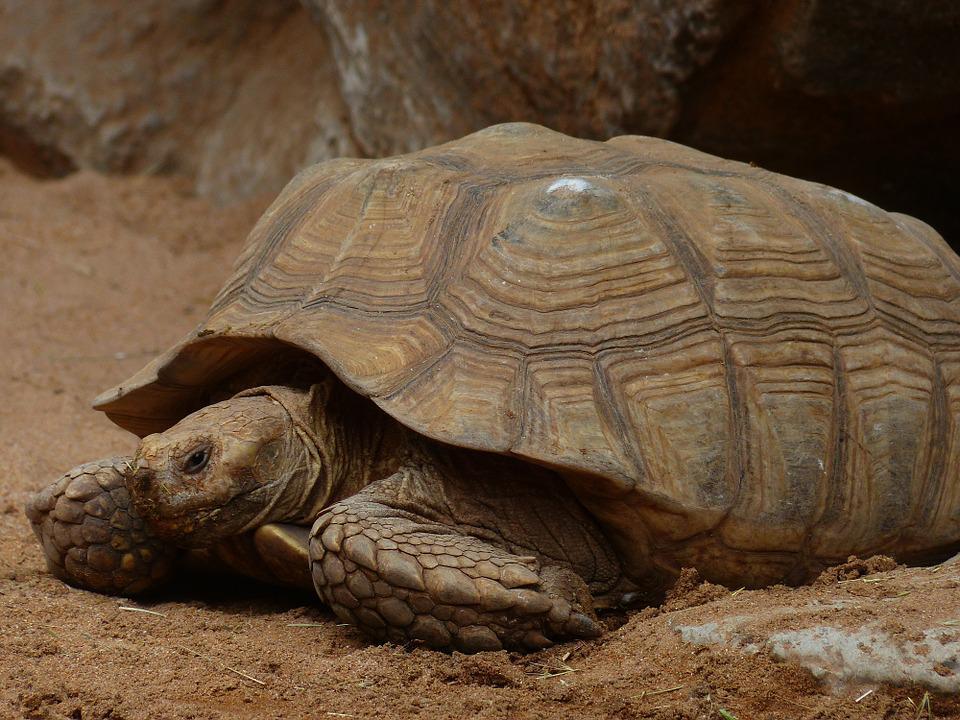
In the same vein, they will have access to colder portions of their cage so that they may cool off whenever they feel the need to. Keep in mind that tortoises are unable to produce their own heat! They must rely on outside sources in order to maintain their body temperature.
In addition, the natural habitat of the Sulcata species is characterized by high temperatures; more precisely, deserts and semiarid areas may be found in northern Africa. As a result, when we keep Sulcatas as pets, we need to make every effort to recreate the conditions that they would find in their native environment. Several distinct courses of action are open to us in this regard. Whether this is accomplished by:
- A heater made of ceramic,
- A tube heater,
- Reflector bulbs or spotlights,
- Heat mats, or all of the above.
Do Sulcata Tortoises Need to Eat Every Day?
The minimum number of times per week that adults should be fed is three, whereas hatchlings should be fed every day. Sprinkle a calcium supplement over the meal at each and every feeding. Multivitamin powder should be dusted into food every two to four weeks.
Do sulcate tortoises slowdown in winter?
In the winter, most interior conditions are too warm and dry to reduce a tortoise’s metabolism. This is problematic because winter is the time of year when tortoises are supposed to be dormant and not eating. If a tortoise is housed at a temperature that is too high throughout the winter, it might end up dehydrated, weakened, or even dead by spring. During the winter, temperatures need to range from around 35 to 50 degrees Fahrenheit.
How do you take care of a sulcata tortoise in the winter?
During the colder months, tending to the needs of sulcata tortoises is a rather simple process. All that is required of you is to make certain that their enclosure maintains an appropriate temperature. You should try to keep them out of the cold as much as possible, particularly the newborn and juvenile sulcatas, because there is a chance that they won’t make it through the winter.
Adult Sulcata have a chance of surviving, despite the fact that the environment is not ideal for their survival. Put your tortoise in a safer and less stressful environment by bringing it inside rather than putting it in danger or causing it worry. Overwintering is a method that entails keeping the tortoise in an indoor environment where the temperatures are warmer than those outside throughout the winter.
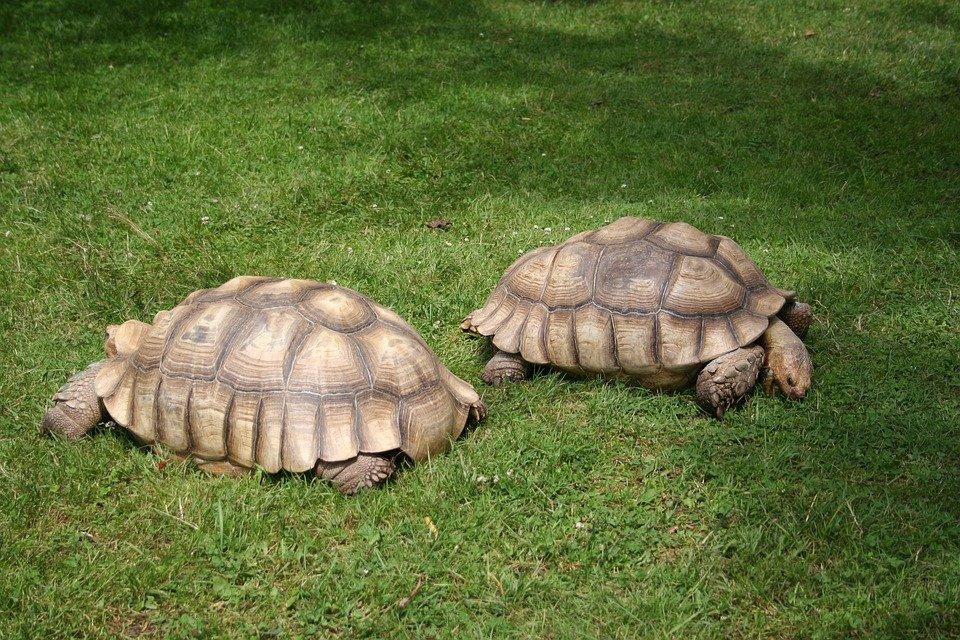
Do sulcata tortoises brumate?
In their native environments, Sulcata tortoises do not exhibit brumatogenesis. If you put young and juvenile sulcata tortoises into brumation without their will, there is a chance that they will not survive the winter. However, older sulcatas have a better chance of surviving at temperatures below freezing, even if this environment is not ideal for them.
Can sulcata tortoises survive winter?
Sulcata tortoises run the risk of dying from hypothermia if the temperature in their enclosure remains dangerously low for an extended period of time. On the other hand, if you are able to supply them with a heated cage, they will be able to make it through the winter.
Is there a point below which sulcata tortoises cannot survive?
Tortoises of the genus sulcata that spend their lives in the wild can adapt to a wide variety of temperatures. The tortoise won’t have any issues with the high temperatures as long as it has a cool place it can go to get away from the sun if it so chooses. The tortoises can comfortably survive temperatures as low as 45 degrees Fahrenheit, which is quite a remarkable trait for such warm-blooded animals.
What can I do to keep my sulcata tortoise warm at night?
Tortoises can only get a good night’s sleep in the dark, much like they would if they were living in the wild. Therefore, if you do want an additional source of heat throughout the night, I would recommend another option such as a ceramic heat emitter or a heat mat rather than the traditional space heater.
In the winter, what do sulcata tortoises eat?
About 10–15 percent of one’s daily caloric intake ought to come from vegetables. These can include grated raw carrots, winter squash, sweet potatoes, pumpkin, broccoli, and corn on the cob, as well as greens such as collards, dandelions, escarole, romaine, and kale.
Are night lights needed for sulcata tortoises?
These tortoises need the temperature to decrease for it to be dark while they are active at night. They can get down to about 80 degrees Fahrenheit. The use of a ceramic night bulb produces a temperature of 70 degrees Fahrenheit throughout the night. These give forth heat but no visible light whatsoever.
How long can sulcata survive without food?
If they have access to drinking water and all of their other needs are satisfied, a healthy adult tortoise may go anywhere from six months to three years without eating, depending on the specifics of the situation.
Do Sulcata tortoises sleep a lot?
It’s natural for tortoises to spend a lot of time sleeping, so don’t worry if your pet seems to be dozing off all the time. Tortoises just like to take it easy. Tortoises have a sleep pattern known as diurnal, which means that they are up during the day and go to sleep during the night. They also have a monophasic sleep schedule, which means that they sleep for around 12 hours straight without being awakened.
Can Sulcata tortoises stay outside when it’s raining?
Because your tortoise is unable to read the weather reports, it is essential that you keep up to date with them for him. Even while tortoises like it when it rains on them occasionally, a rapid dip in temperature can be highly dangerous for them. It is also damaging if the rain is severe or continues for an extended period of time since this might cause the enclosure to flood.
What is the most suitable substrate for a Sulcata tortoise?
A substrate consisting of a combination of sand and dirt is ideal for the Sulcata tortoise. The soil is beneficial for the tortoises since it is warm and encourages them to dig, whilst the sand assists in maintaining the humidity level. The Sulcata tortoise is native to the Sahara Desert, which has soil and sand conditions that are analogous to those seen in desert environments.
What kind of food should Sulcata tortoises not eat?
It is best not to give a sulcata certain kinds of food at all. Never, under any circumstances, should you feed your sulcata any animal-based proteins, including fish, insects, or mice. The grasses and several other plants that make up a Sulcata’s diet provide all of the protein that their bodies require. To protect your turtle’s health, steer clear of legumes, nuts, and beans because these foods contain excessive amounts of protein.
Do Leopard Tortoises and Sulcata Tortoises Have Similar Hibernation Patterns?
Leopard tortoise hibernation information reveals that these reptiles and Sulcata tortoises have similar hibernation patterns. Both species experience a period of torpor during the colder months, reducing their metabolic activity. They seek shelter in burrows or dig their own to escape extreme temperatures. Understanding these hibernation patterns is crucial for their survival and well-being.
What is the lifespan of a sulcata tortoise?
Sulcata tortoises kept in captivity have been known to survive for more than 70 years. When it comes to food, Sulcata tortoises are voracious feeders and will continually graze on vegetation. Fresh grasses and hay should make up the bulk of their food; for variety, they should also be given delicacies like as mulberry leaves, hibiscus flowers and leaves, and grape leaves.






